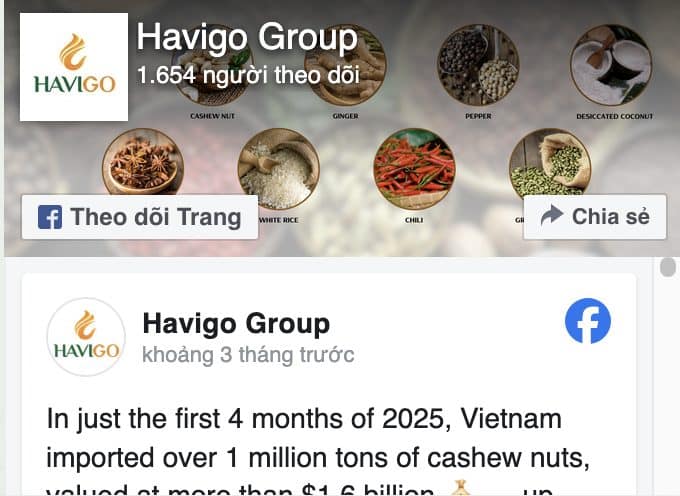Coffee beans arrived in Vietnam in 1857 by the French, coffee cultivation in Vietnam initially focused on Arabica trees in the North. French influence led to a booming industry in the Central Highlands by the 1890s. Today, Vietnam is the second-largest green coffee beans producer globally, known for its Robusta beans and unique brewing methods. This post shows an overview of Vietnamese green coffee beans!
1. Vietnam’s Coffee industry: A global supplier
According to the report, coffee bean exports account for over 10% of Vietnam’s total agricultural exports. In 2023, Vietnam exported 1.62 million tons of coffee beans and the annual value is around $4.2 billion. Nowadays, Vietnam is at the top of producers and exporters of Robusta coffee beans. Vietnam holds a substantial 40% share of the global Robusta market.
The Central Highlands region or the “capital of coffee” is the heart of Vietnam’s coffee production. Approximately 650,000 hectares of coffee plantations thrive here. So, this is home to smallholder farmers who cultivate coffee beans with dedication and skill.
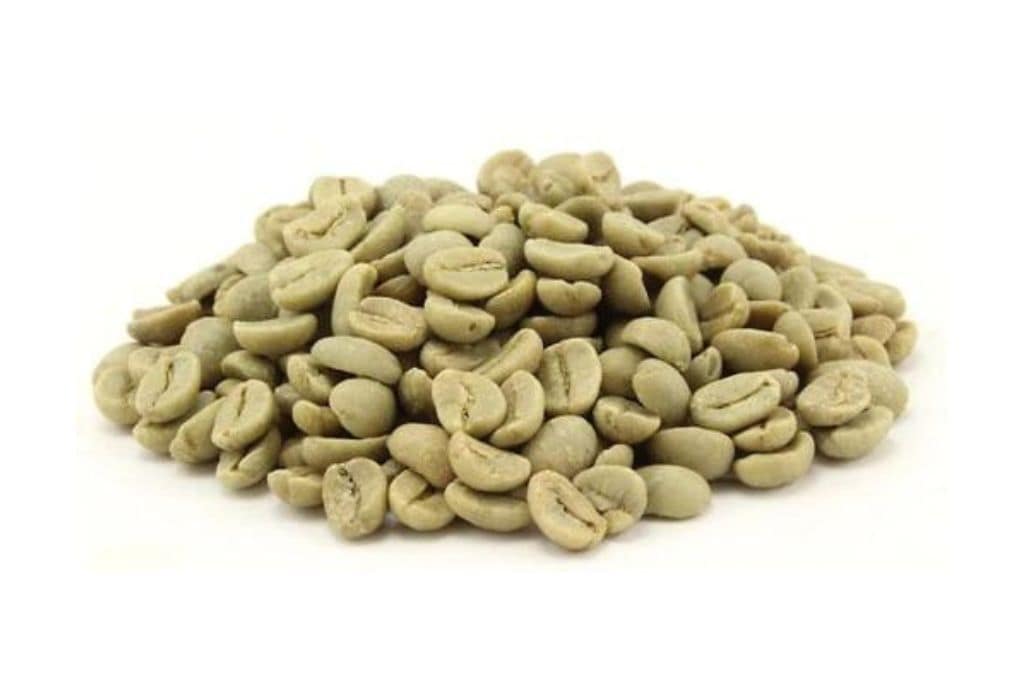
In summary, Vietnamese green coffee beans are not only a significant agricultural product but also a testament to the hard work and innovation of smallholder farmers. Their unique flavors and sustainable practices contribute to Vietnam’s global coffee reputation.
2. Robusta and Arabica
Due to the ideal climate and cultivation conditions, Vietnam is lucky to grow both kinds of coffee beans. For example, Lam Dong, Dak Lak and Son La are the provinces that make high-quality coffee beans. So, how does Robusta differ from Arabica?
Robusta Coffee Beans
Robusta coffee trees are hardier and more resilient than Arabica plants. They can withstand harsher environmental conditions, making them easier to grow. So, these beans thrive at lower altitudes and in warmer climates. In Vietnam, they often thrive in the Central Highland.
Flavor profile: Robusta beans are known for their robust flavor. They contain more caffeine, typically around 2.7%. So, this higher caffeine content contributes to their strong, bitter taste, and earthy flavor with hints of nuts and dark chocolate.
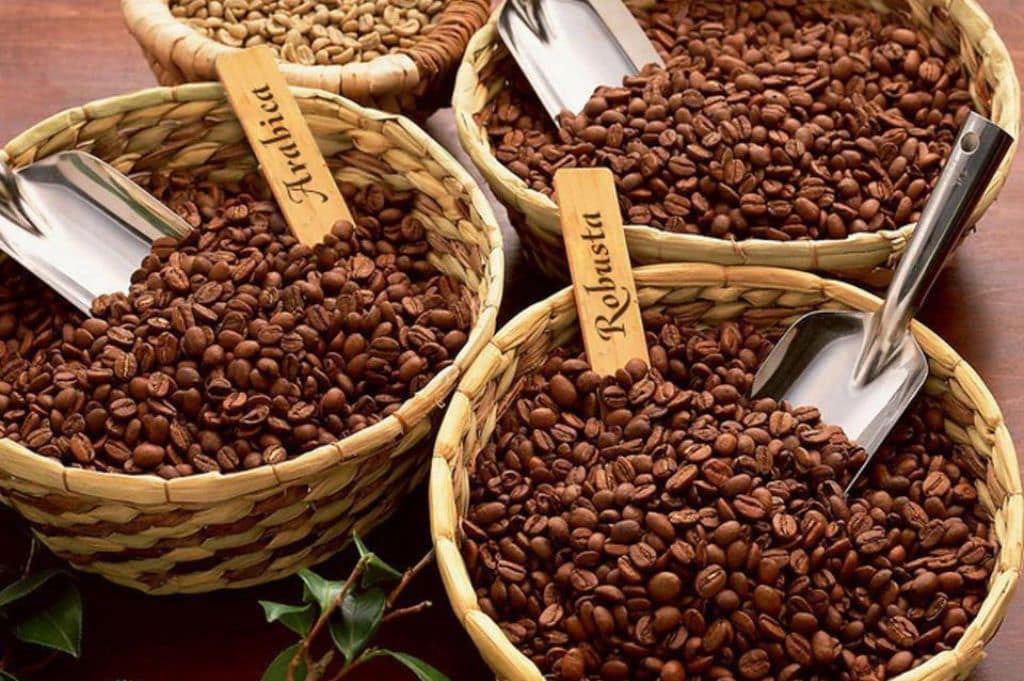
Arabica Coffee Beans
Arabica plants are more delicate and require specific conditions. They thrive at higher altitudes (around 600 to 2000 meters) with cooler temperatures. In detail, Son La is the famous cultivation region of Arabica plants. These beans are often associated with specialty coffees.
Flavor profile: Arabica beans have less caffeine, typically around 1.5%. Therefore, this lower caffeine content results in a smoother, milder taste. They offer a sweeter, more nuanced flavor with notes of chocolate, sugar, and sometimes fruits or berries. It’s favored by those who appreciate a gentle, aromatic brew.
In summary, Robusta beans pack a caffeine punch and provide a bold coffee experience, while Arabica beans offer a smoother, more refined taste. Both varieties contribute to the rich world of coffee flavors!
3. Key to archive high-quality Green Coffee Beans products
From the cultivation of Coffee Beans…
Coffee production begins with the cultivation of coffee plants. The two main species are Arabica (Coffea arabica) and Robusta (Coffea canephora). Arabica beans are known for their superior flavor and are grown at higher altitudes, while Robusta beans are hardier and can thrive at lower elevations.
Arabica requires a cool subtropical climate and grows best at elevations between 600 to 2,000 meters. It needs ample moisture and specific shade conditions. Robusta, on the other hand, can grow at lower altitudes, even at sea level. Moreover, coffee plants thrive in temperatures between 23 and 28 °C. Adequate rainfall of 1,500 to 2,000 mm per year is essential for Arabica. In regions with less rainfall, irrigation becomes necessary.
…to processing Coffee Beans
There are 2 methods of processing green coffee beans:
Dry (Natural) Process: In this method, ripe coffee cherries are laid out in the sun to dry. After that, the coffee cherries naturally split open, revealing the beans. This process imparts unique flavors and is common in countries with abundant sunlight. Did you know that 90% of Robusta coffee is processed by this method? Specifically, 70 to 75% of the number of cherries should be ripened to use this method.
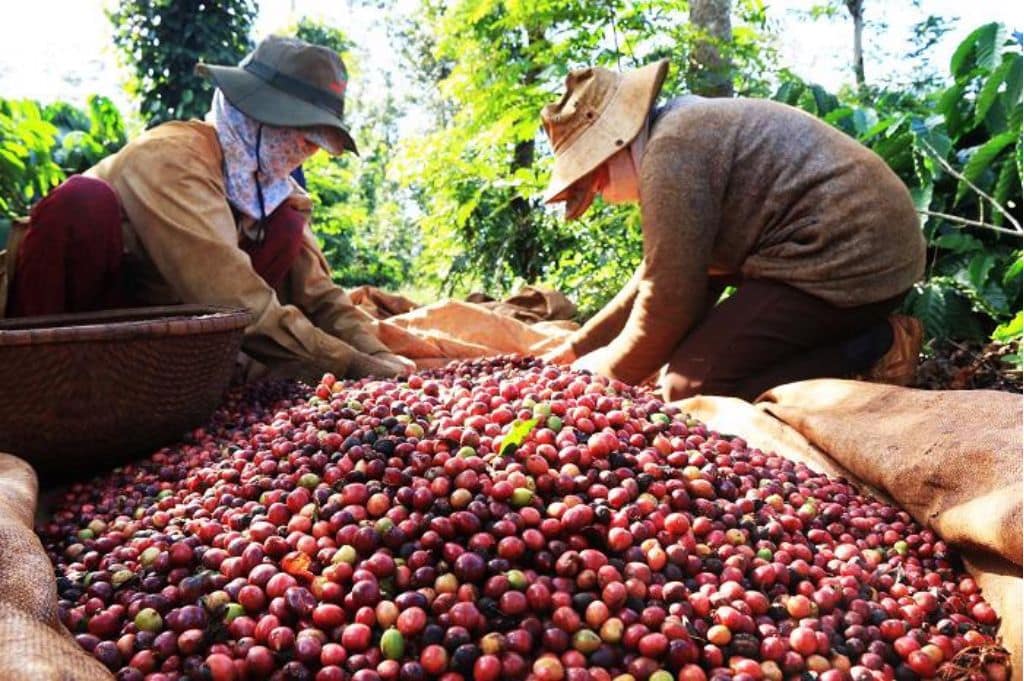
Wet (Washed) Process: Farmers pulp the coffee cherries to remove the outer skin. The coffee beans are then fermented and washed to remove any remaining pulp. This method produces cleaner, brighter flavors. People use this method to process 90% of Arabica coffee. The condition for this is the ripe fruits reach over 97%.
Why does Vietnam export Green instead of Roasted Coffee?
The reason is green coffee lasts longer than roasted coffee. Green coffee beans can stay fresh for up to 12 months. Unlike roasted coffee beans, which typically last about six weeks, green coffee beans have a longer shelf life. To maintain the freshness, store them away from moisture, direct sunlight, and high temperatures.
4. Health benefits of Coffee
For a long time, this has been the favorite drink of people all over the world. Besides a good beverage, coffee beans offer several health benefits that might surprise you.
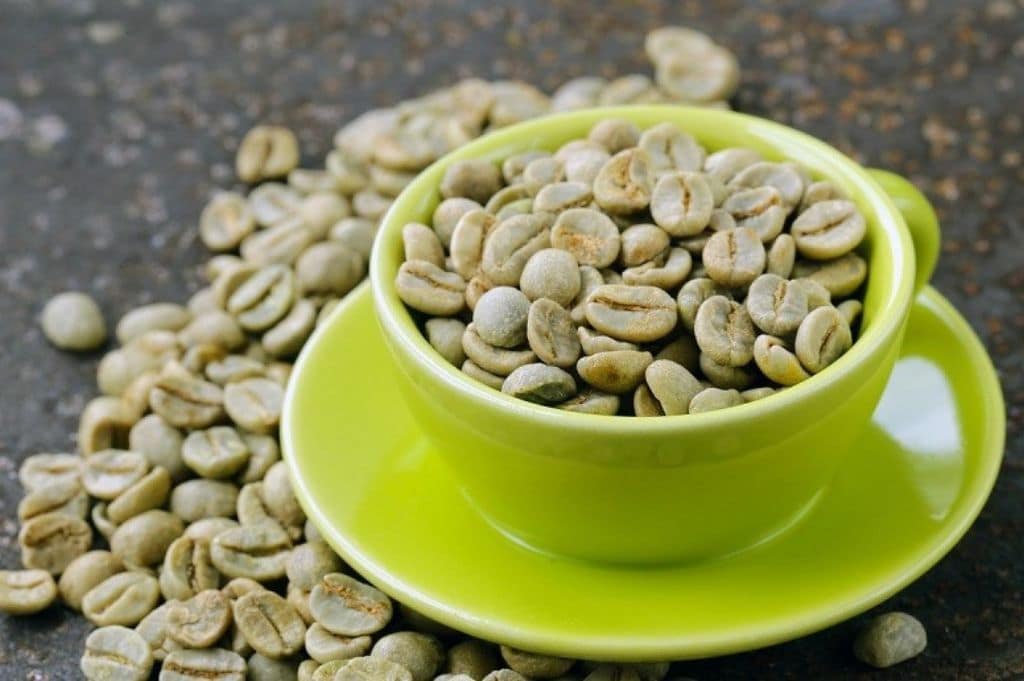
Antioxidants: Coffee beans are a concentrated source of antioxidants. So, these compounds help protect your cells from damage caused by free radicals, reducing the risk of certain diseases.
Caffeine boost: Coffee beans contain caffeine, which can enhance energy levels and improve mood. However, moderation is essential to avoid side effects.
Cardiovascular health: Regular coffee drinking can improve cardiovascular health. It may reduce the risk of heart disease and stroke.
5. Green Coffee Beans Export – Millions Dollar Industry
Vietnam can supply both Robusta and Arabica green coffee beans. However, Vietnam is a global powerhouse in Robusta coffee production, accounting for approximately 40% of the world’s Robusta coffee market.
Green coffee exports contribute significantly to Vietnam’s economy. In 2023, the country exported 1.62 million tons of coffee, generating $4.24 billion USD in revenue.
Vietnam is increasingly embracing sustainable practices. Organic green coffee beans from the country are gaining popularity, emphasizing environmentally friendly cultivation methods. Vietnam makes efforts to improve quality and diversify coffee varieties contributing to Vietnam’s reputation as a coffee-producing nation.
Experience the Best from Vietnam
Vietnam, with its mist-covered hills and fertile basaltic soil, produces some of the finest coffee beans in the world. Lam Dong Province, at altitudes of up to 1,600 meters, provides an ideal climate for growing these flavorful beans. Meanwhile, robusta coffee beans from Dak Lak contribute to Vietnam’s status as the world’s largest producer of this variety. Whether you’re sipping traditional Vietnamese coffee or exploring the global market, these green coffee beans offer a rich and aromatic experience.
Havigo Company Limited operates in the field of agricultural export. We wish to bring high-quality Vietnamese agricultural products such as spices, rice, beans, and fruits… to the world. We supply you with high-quality products at the best price. If you find interested in importing Green Coffee Beans, don’t hesitate to get in touch with us for better support via WhatsApp: +84 979 58 58 56.





